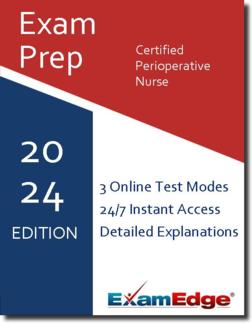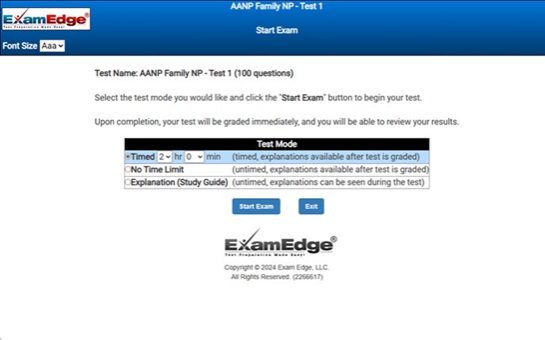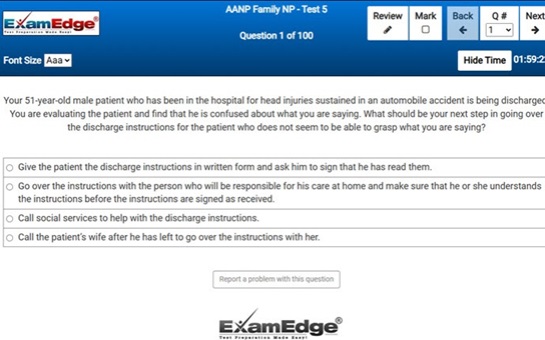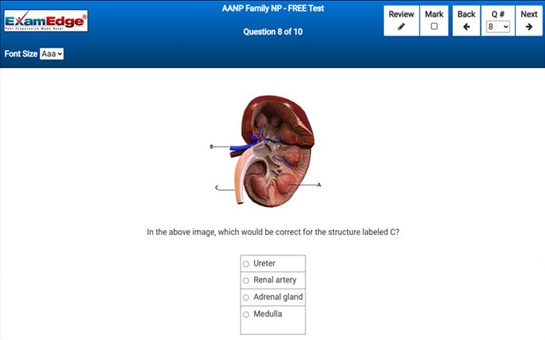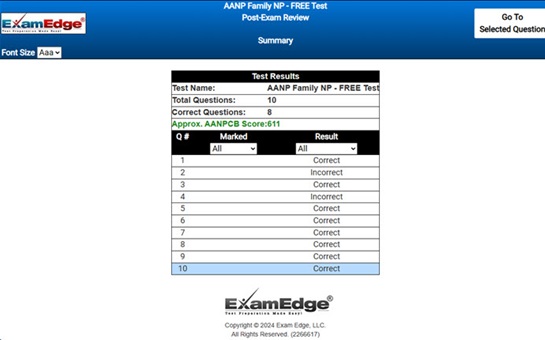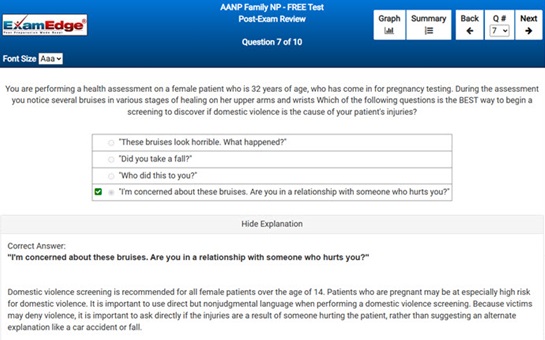Exam Edge Practice Tests for CCI Certified Perioperative Nurse (CNOR)
CCI, CNOR, Competency & Credentialing Institute® are registered trademarks of Competency and Credentialing Institute.
This website is not endorsed or approved by Competency and Credentialing Institute - Review
Get Instant Online Access Now!
** Sample images, content may not apply to your exam **
Passing your CCI Certified Perioperative Nurse can be a very stressful time in your life. So why take chances with your preparation? Let us help you through the certification process. See why so many users choose ExamEdge.com to guide them through the process. We only have honest reviews from real users.
Select Your Test Bundle
Excellent
CCI Certified Perioperative Nurse (CNOR) Shortcuts
General Exam Info
Exam Topics
Features
Study Plan Tips
Test Reviews
Why Exam Edge?
FAQ
Take a FREE Test
CCI Certified Perioperative Nurse - Reviews
Excellent
"I wanted to Thank You for an excellent product. I used your exam edge exclusively to study for my CNOR exam and passed with flying colors. I even purchased another set of exams to help my friend!"
See Why Our Users from 154 Countries Love Us!
Exam Edge is an industry leader in online test prep. We work with institutional partners to offer a wide array of practice tests that will help you prepare for your big exam. No matter how niche your field of interest might be, we are here to help you prepare for test day.
See why our users from 154 countries love us for their exam prep! Including 140 reviews for the CCI Certified Perioperative Nurse exam.
Exam Edge is an industry leader in online test prep. We work with institutional partners to offer a wide array of practice tests that will help you prepare for your big exam. No matter how niche your field of interest might be, we're here to help you prepare for test day.
2.7M+
Users
4M+
Tests Taken
100K+
Unique Tests
18
Years In Business
CCI Certified Perioperative Nurse - Test Reviews Sample Questions
|
|
|
|

